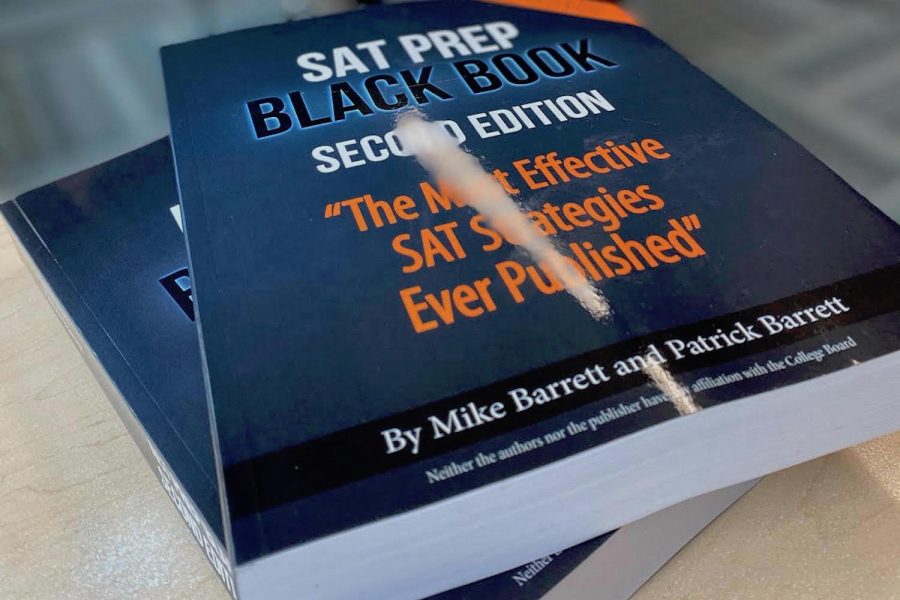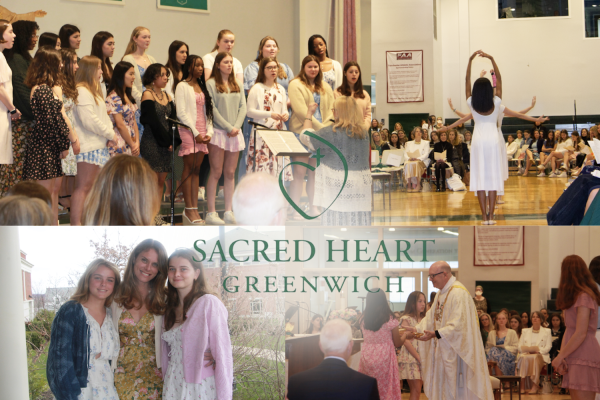Colleges reevaluate the need for standardized testing wake of the coronavirus pandemic
The coronavirus pandemic has caused many schools to switch to test-optional admission this year.
The coronavirus pandemic has changed how our society functions, and it might also have a lasting effect on college admissions. Standardized testing has been a part of the American education system since 1875 when the College Board invented it to determine a student’s readiness for college. Many colleges are transitioning to test-optional applications amid the coronavirus pandemic, raising questions about the effectiveness of standardized testing as a whole and if the test-optional format should be permanent.
In 1926, the College Board developed the Scholastic Aptitude Test (SAT). After that, colleges normalized standardized testing for admissions purposes, according to bglaw.com. A discussion surrounding the fairness of standardized testing, exacerbated by the coronavirus pandemic, has recently begun. Experts have argued that the elite, on average, score higher since they can afford test preparation classes and tutors beforehand. As a result and further prompted by the pandemic, a number of colleges have gone test-optional, test-flexible, or test-blind to increase fairness in the application process.

Ms. Christine Gerrity, Co-Director of College Guidance at Sacred Heart, gave insight on the ways in which standardized testing has already changed in wake of the coronavirus pandemic.
“I think we are already seeing a long term effect of coronavirus pandemic on standardized testing that took the form of test-optional admissions for the class of 2021,” Ms. Gerrity said. “Colleges at every level recognized the testing conundrum and immediately responded almost in unison with the development and implementation of test-optional policies.”
There are differences between test-optional, test-flexible, and test-blind admissions. Test-optional schools, such as the University of Chicago and Bucknell University, allow students to withhold exam scores. Test-flexible means that students can choose not to submit test scores or can submit alternative test scores, such as SAT Subject Tests, Advanced Placement (AP) exams, and International Baccalaureate (IB) exams. Test-blind schools will not accept any standardized test scores. Before the coronavirus pandemic, Hampshire College in Amherst, Massachusetts was the only test-blind school in the United States, according to prepscholar.com.
While some schools had already made the switch to test-optional, test-flexible, or test-blind admissions, the coronavirus pandemic may have a deciding impact on the future of these tests. The majority of schools, including Columbia University, Dartmouth University, and Harvard University, switched to test-optional admissions during the coronavirus pandemic since students can no longer safely and efficiently take standardized tests, according to prepscholar.com. These universities originally required standardized test scores because they used the tests as a part of the holistic process to determine a student’s academic stature. Since these schools receive a large number of applicants, the scores previously helped narrow down their top choices.

The coronavirus pandemic has opened the door for conversations about test-blind applications becoming normalized. Ms. Gerrity shared her opinion about whether the changes in standardized testing are benefiting students.
“I do believe that a test-optional policy does stand to benefit certain segments of any college application pool,” Ms. Gerrity said. “Standardized testing itself has long stood out as an element in the process that could be correlated to opportunity and access.”
Featured Image by Claudia El-Masry ’23

Sophomore Claudia El-Masry is a new staff writer on the King Street Chronicle. She is looking forward to gaining experience as a twenty-first-century journalist....











